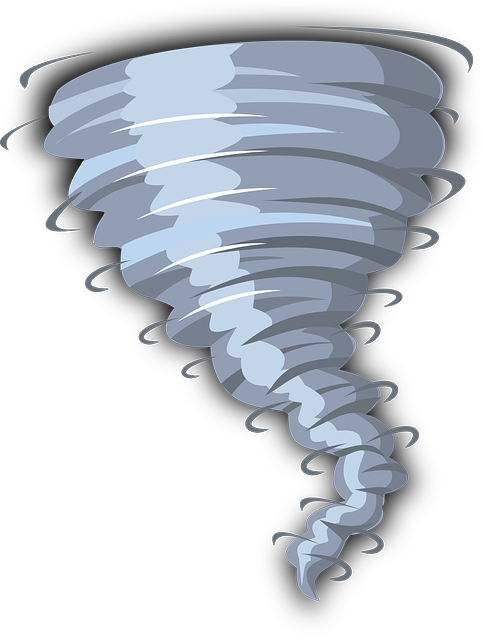 Is it 2008 again?
Is it 2008 again?
For us in the mortgage industry, we woke up this week feeling as if during the night, we were transported back to 2008 when the mortgage industry basically collapsed.
Then, Fannie Mae, Freddie Mac, and the FHA were the exceptions.
As of March 25, 2020, like everything else, the world of mortgage lending has been once again been turned on its head.
Here we are again, with Fannie, Freddie and FHA struggling along but alive, with pretty much everything else, including jumbo loans (at this moment) dead in the water.
Forbearance on existing home loans
Fannie Mae and Freddie Mac, the backbone of or mortgage world, have released a program that will allow homeowner impacted by this national emergency to apply for a forbearance plan to reduce or suspend their mortgage payments for up to 12 months.
As this program is so new, we have no feedback as to how long it will take, what documentation lenders will require or how lenders will incorporate this. A concern with this forebearance is how this will be viewed by the lending world for people that took advantage. I hope Fannie, Freddie and the industry doesn’t hold it against homeowners, only time will tell.
The guidelines for these new programs can be found here for Fannie and here for Freddie Mac .
These programs are available only to loans owned or guaranteed by Fannie or Freddie. Here are the loan lookup websites for each.
What financing remains
Three basic sources for funding exist for a homeowner in chapter 13:
- FHA
- Non-QM, and
Non-QM is a loan where the borrower doesn’t meet the federal regulations for ability-to-repay
- Private money or what is often referred to as hard money.
FHA loans are still available, albeit the guidelines are tightening even as I write this. Minimum credit scores are increased, and many lenders have stopped doing “manual underwriting”, which is required by FHA for all borrowers in a chapter 13. In fact, some lenders have stopped accepting any new loan requests.
To be eligible though, amongst other things, the homeowner needs to have made all their post-petition mortgage payments and chapter 13 trustee payments on time. In essence, illustrating that “the chapter 13 plan” worked. Unfortunately, as you are likely painfully aware, for many of your clients, this is simply not the case. They miss payments here and there, fall behind and catch up, or just fall way behind only to find yourself battling on your own dime just to keep their case alive. When it comes to FHA, that unfortunately, is a death knell. What is left to see is whether FHA will loosen their guidelines for homeowners in chapter 13, who are now unemployed and may not be able to make their trustee payments.
These rates are in the 4 – 5% range. Not bad for being in bankruptcy. Yet, by the time you read this, that could change.
Non-QM loan typically have higher rates and are easier to qualify for than the typically Fannie Mae/Freddie Mac/FHA loans. They often allow for a recent or current chapter 13, late or missed payments, and a higher debt-to-income ratio.
These loan were, until recently, available to homeowners in chapter 13, who had fallen behind and not made their post-petition payments on time. Like so many other things, these programs disappeared overnight, a whole industry gone up in smoke.
I had the unfortunate and painful experience of having to call several borrowers that were in the midst of a home saving refinance, only to tell them that their financing, due to the virus chaos, has been denied.
Mortgage world changes
As of this moment, the entire mortgage industry remains in a state of contraction. Where we will be tomorrow, well, only tomorrow will tell. The truths we shared prior to this remain the same, for your clients, it is more important than ever to make their trustee and post-petition mortgage payments on time, rebuild their credit to raise their credit score with a few new secured credit cards and to manage their money responsibly.
More
Our collection on family finances and the pandemic







